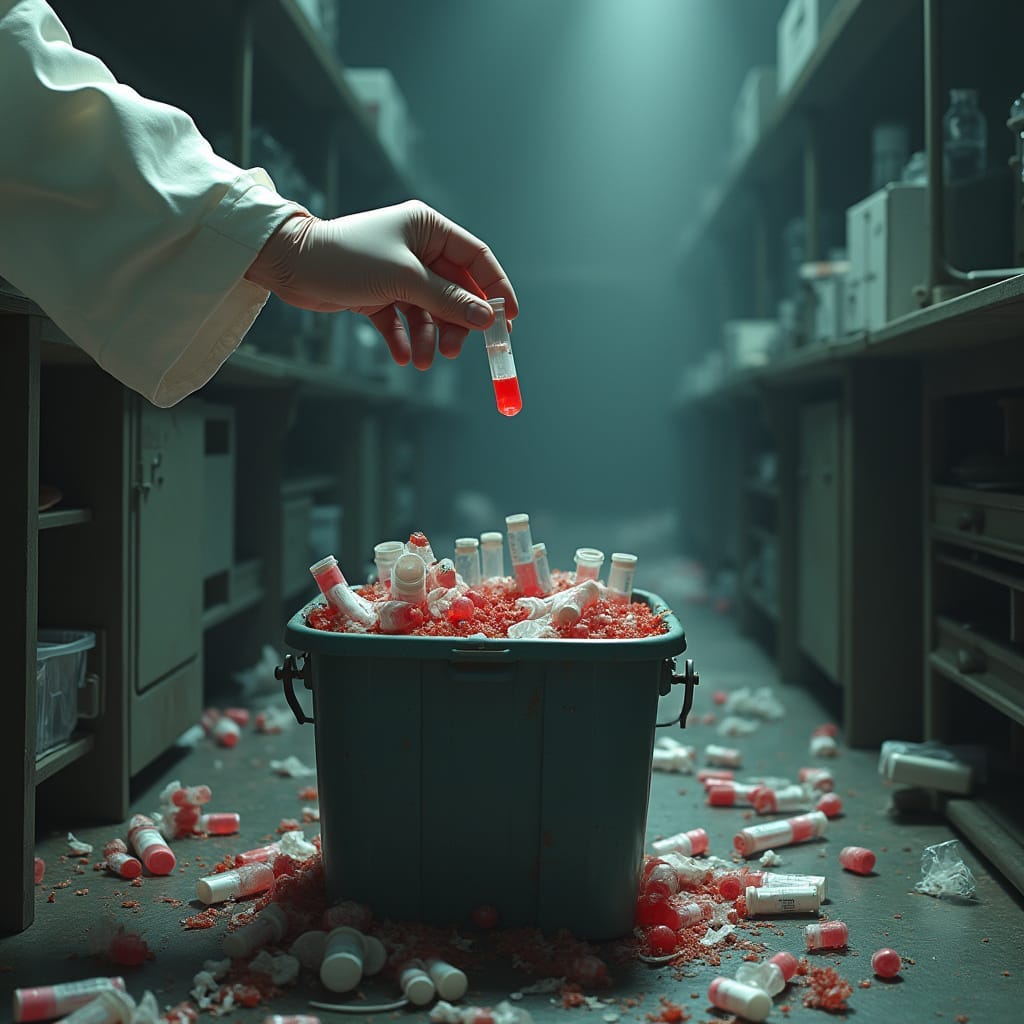Not This, Not This…
I’ve always had a healthy appetite, especially for dessert. When asked whether I had a sweet tooth, my standard reply was, “32!”. I don’t have nearly that many teeth any longer, but those that I do retain are deeply attached to their love of sugar, especially when it’s paired with chocolate.
My mother had severe diabetes, so when I started feeling inexplicably thirsty, and getting up to pee in the night, it made sense to get a blood test for sugar levels. My Hb1ac level, which measures the glucose in the blood for the last three months, came in at 11, which is wa-aay over the safe level of 6. Whoa! Time to see an endocrinologist.
“That’s quite high”, she said. “Any family history of diabetes?”
“Yes”, I elaborated…
“Hmm! We will put you on a high dose of Metformin immediately. And you need to consult a dietician - your food habits will need a drastic change. If the sugar levels don’t come down, we will need to put you on insulin injections.”
I took back the test report from her, and turning to the second page, read out the disclaimer to her: “Our tests rely on a tiny sample of blood drawn from the nearly six liters in the average human body. As such, these readings are only relevant to the condition of the blood sample drawn, and may not be representative of the entire blood stream in your body. These results should therefore be treated with caution.”
“What?!!” The good doctor reached for the paper.
“I’ve never heard anything like this before. Blood samples are the basis for so much diagnosis.”
She was absolutely right. In fact, you could say that sampling, more broadly, is essential to the scientific method - whether in the field of social sciences, or the material sciences, like physics, chemistry, or environmental studies. You don’t need to measure all of the air in Delhi to conclude it’s polluted. If you said sampling invalidates tests, you would virtually need to reinvent both research methodology and the applied sciences.
As you may have guessed, that little engagement with a doctor is fictional, as is my elevated blood sugar level. But this statement by the Central Pollution Control Board, CPCB, about the quality of Ganga water in Varanasi is not:
As a result (of sampling), these values reflect water quality samples at the exact time and place from where these water samples were collected, and may not fully represent the overall characteristics of the river, therefore, not necessarily reflecting the overall river water quality throughout the river stretch.The context of this note is that the CPCB had earlier submitted reports about Ganga river quality to the National Green Tribunal, NGT, during this year’s Mahakumbh. Most media* adhered to the bland statement that the faecal coliform content of Ganga river water was above the permissible limits for bathing. But some, like the Wire*, released specific numbers which were alarming.
The CPCB’s response sounds like something out of a Yes Minister script, crafted in bureaucratese, designed to say nothing. But it actually says several things:
- the truth about Ganga water quality was deeply embarrassing to a dispensation which sought to make political capital, both from the Mahakumbh, and from allocating tens of thousands of crores to a Ganga cleaning program. One must assume that urgent phone calls were made - to say something.
- the narrative is all important. Facts can always be managed, massaged, or mealy-mouthed into irrelevance.
- the scientific method? A colonial, western imposition.
Bland Media
Detailed numbers:




In deep shit